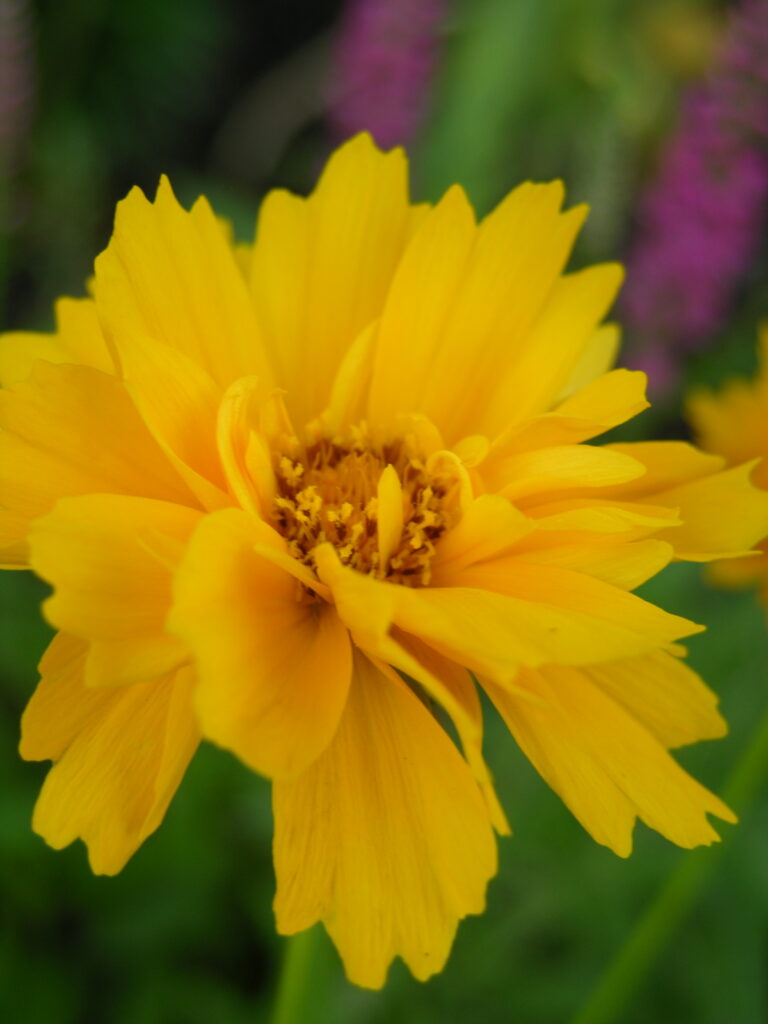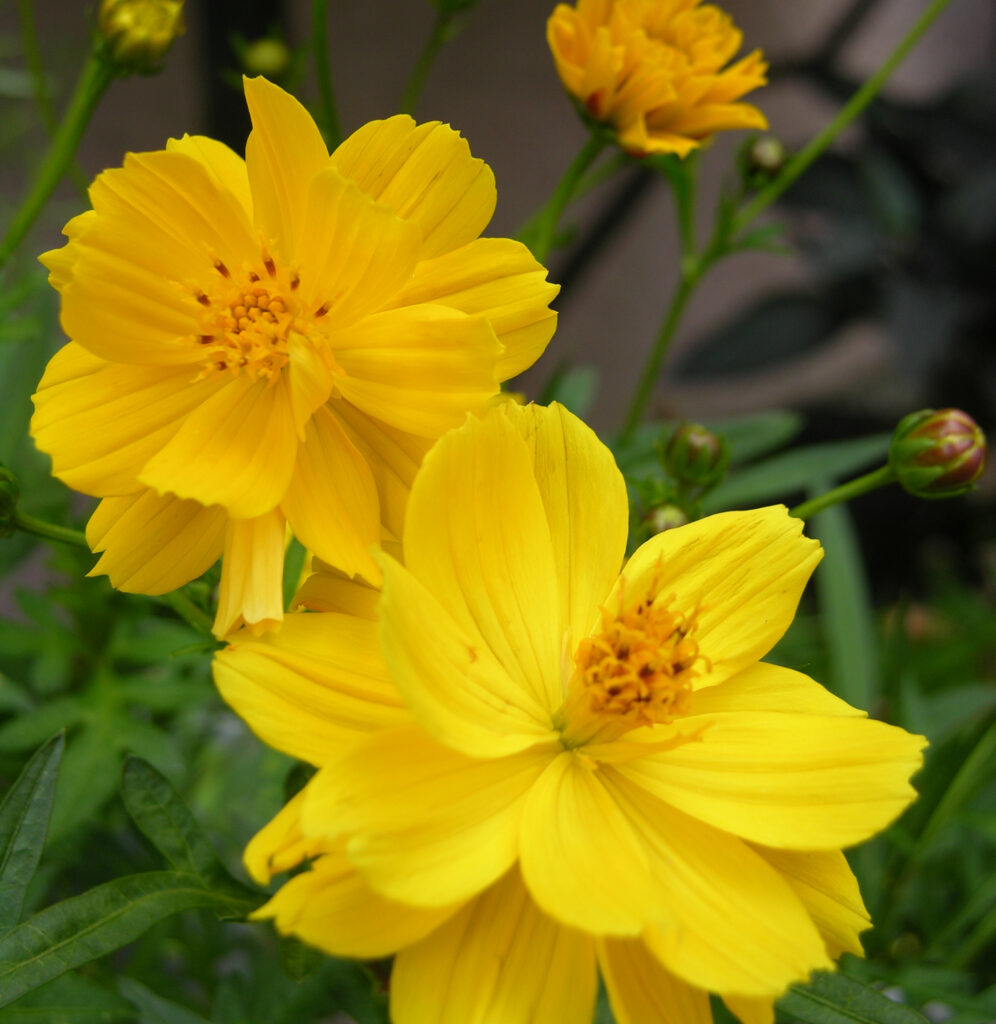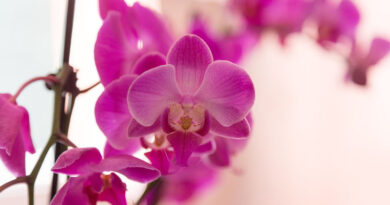Coreopsis: A bright and cheery flower
Coreopsis pleases everyone! People love it for its sunny, long-lasting blooms. Birds love it for its seeds and butterflies, and other pollinators enjoy its tasty nectar. Coreopsis is the state flower of both Mississippi and Florida. You will see it along many Florida roads and highways as Floridians use it as part of their beautification program. However, we can plant it here in Canada, too!
It is hard to imagine a happier flower than coreopsis. These reliable, long-blooming, daisy-like plants produce blooms from early summer right through till fall. Not only are the flowers bright and cheery, but they will also invite many other delightful things into your garden! Butterflies love these colourful, nectar-rich flowers and if you don’t cut them back, birds can enjoy their seeds right into winter. As well, dry coreopsis can be used as a tea or coffee substitute.
The word coreopsis originates from the Greek words “koris” which means bedbug and “opsis” which means view. The name refers to the unusual look of the seed itself. It is spiny on one end and bulbous in the middle, with a small head-like part on the other end. At first glance it looks like a tick, hence its more common name, tickseed.
There are so many colours and patterns to choose from due to a heavy cross-breeding that produces many annuals and tender perennials. Also, there are now annuals that will bloom non-stop summer through fall and don’t need dead-heading. Their ruggedness and abundant blooms have made them a popular choice with breeders, helping the coreopsis species grow to more than 100 varieties.

Most coreopsis plants are clump-forming, holding their daisy-like flowers on tall stems above the foliage. A lengthy bloom time also makes them great fillers, giving your garden a continuous bloom of colour.
This North American native can take quite a beating so growing coreopsis is relatively easy. Just make sure that you plant them in full sunlight. They will grow in less than ideal conditions, like ditches and beside the road; however they will not bloom as well in the shade. They bloom from June to September and are drought tolerant. Most coreopsis are hardy to zone 4 and will grow well in most soil conditions. If you want a continued display of blooms cut them back by one-third in the late summer. A good winter will see them return in zone 3. Just make sure that you leave some flowers on the plants so that the birds can enjoy their seeds!
Fertilization of coreopsis is generally not needed and, in fact, too much may limit flower production. For the most part coreopsis is problem-free although if the season is especially damp, snails, slugs and fungal diseases may affect them.
Types of Coreopsis
Coreopsis come in shades of pink, red, orange and of course their vibrant yellow. From tight and compact to tall and fluffy, here are a few varieties to get you started.
Early Sunrise. This vigorous tickseed blooms from late spring right through till fall. It has semi-double yellow blossoms and does best in heat and sun. It is drought resistant and hardy to zone 3.
American Dream. This variety has small pink flowers with tiny yellow eyes. It will grow eight to 16 inches and will bloom most of the summer.
Tequila Sunrise. The golden-yellow flowers will grow 12 to 16 inches, with green and creamy white, variegated foliage that will reveal pink undertones during cooler months.
Lanceleaf. This Missouri native can grow up to two feet tall. It often grows wild in prairies, glades, fields and roads. It features a solitary yellow, daisy-like flower and is a grandfather species of many coreopsis hybrids.
Rum Punch. This plant forms a compact mound covered with watermelon-pink flowers that grow to 12 inches. In cooler climates it must be replanted in the spring.
Garnet. This is a low-growing mound with dark cherry-pink flowers. Would be a great front-row plant in an all-pink border.





